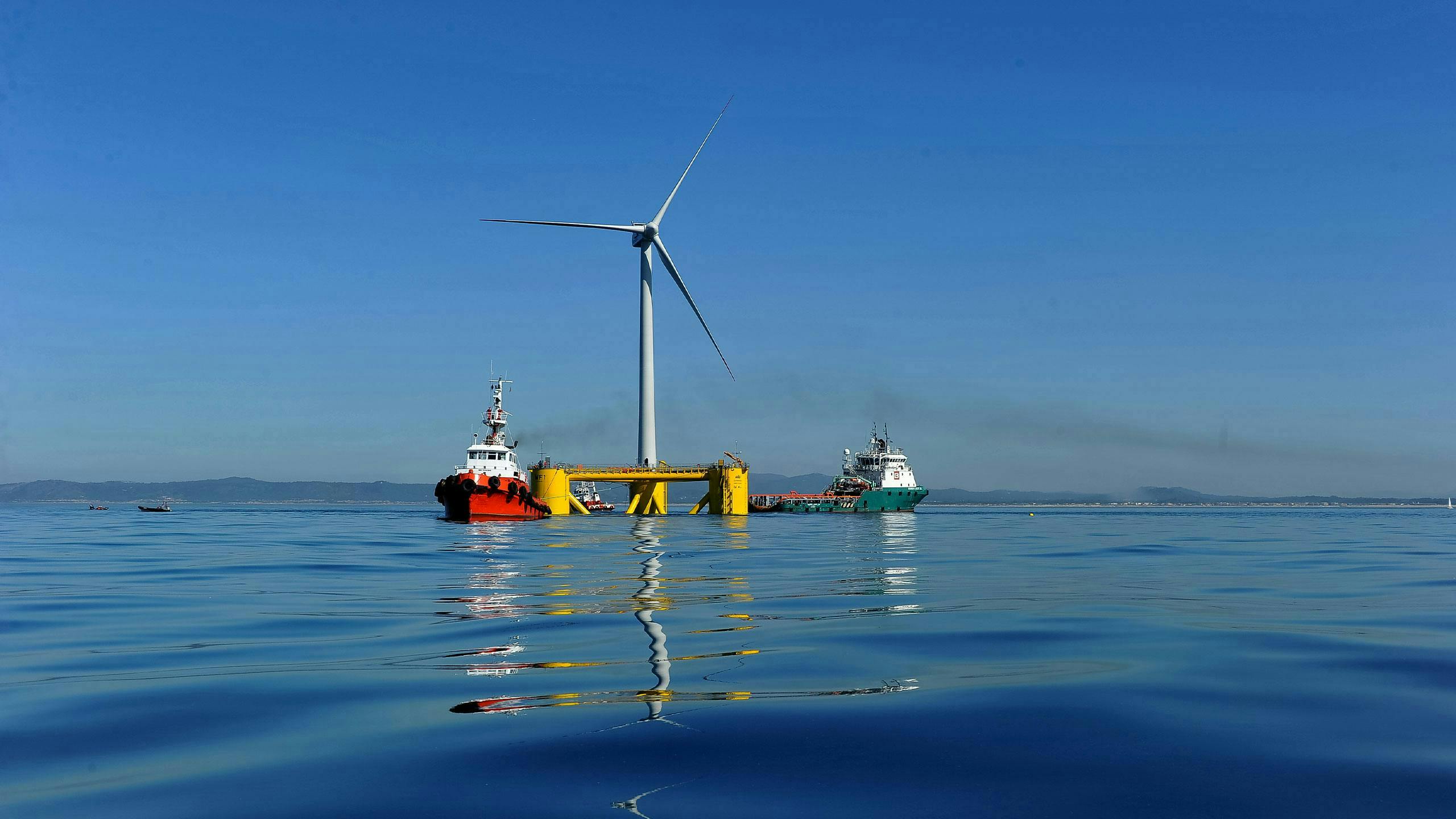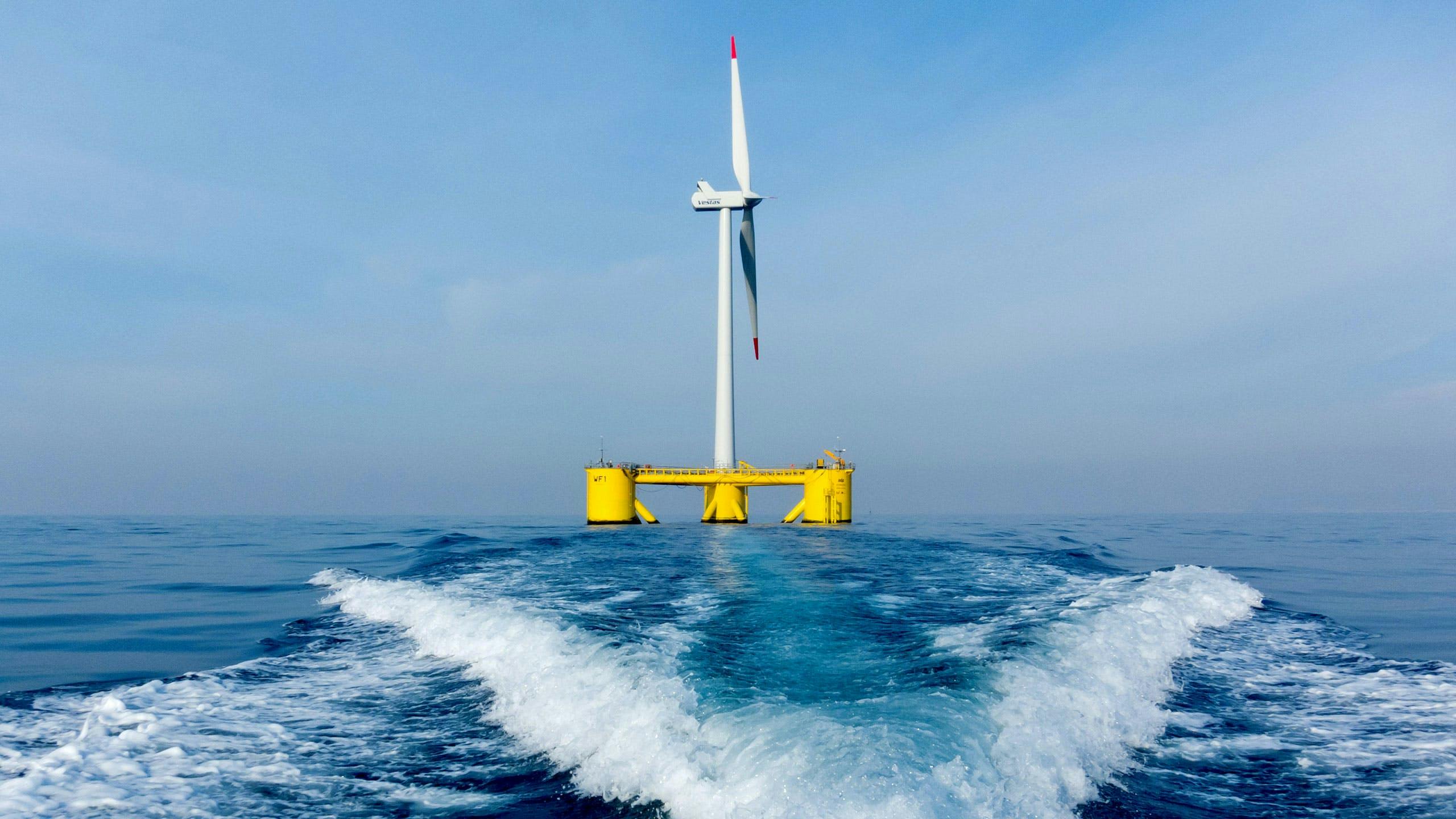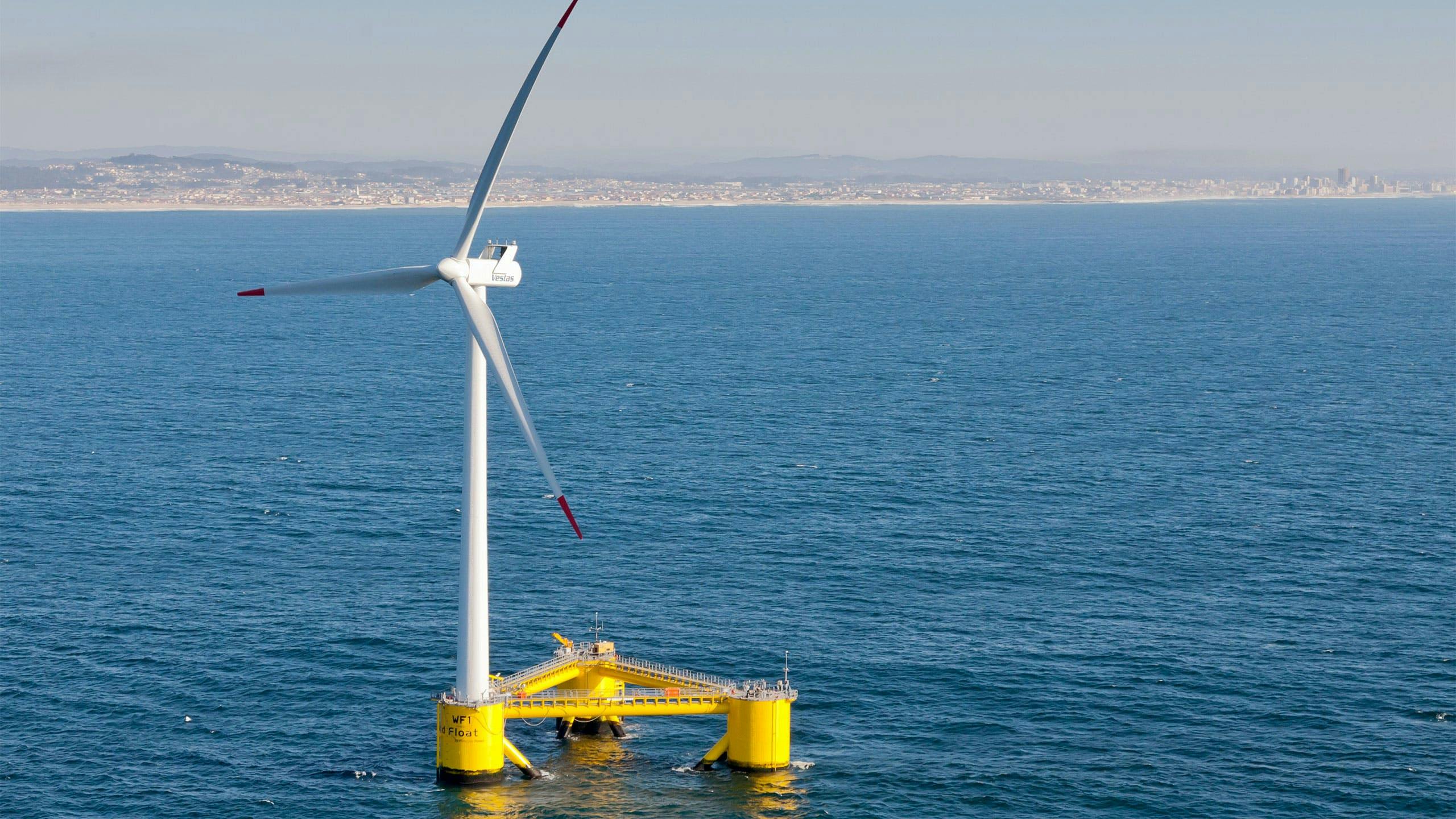Pioneering spirit
The WindFloat 1 Project was deployed offshore Póvoa do Varzim, Portugal in 2011, and featured a 2 MW Vestas V-80 wind turbine.
This technology demonstration project was the first-ever to couple a floating wind turbine with a semi-submersible platform.
The WindFloat 1 endured extreme Atlantic Ocean weather conditions, including waves exceeding 17 m in height and winds exceeding 40 m/s, proving the robustness of the technology. The unit produced power in sea states up to 7 m significant wave height and delivered approximately 17 GWh of energy to the local grid before it was moved to a new site at the Kincardine project.
First power
2011
Project capacity
2 MW
Wind turbine
Vestas V80
Wind turbine capacity
2 MW
Operational design life
5 years
Distance to shore
5 km
Water depth
45 m
Project sponsors
Principle Power, EDP, Repsol, Portugal Ventures, A. Silva Matos
Financing
EDP
Certification
ABS
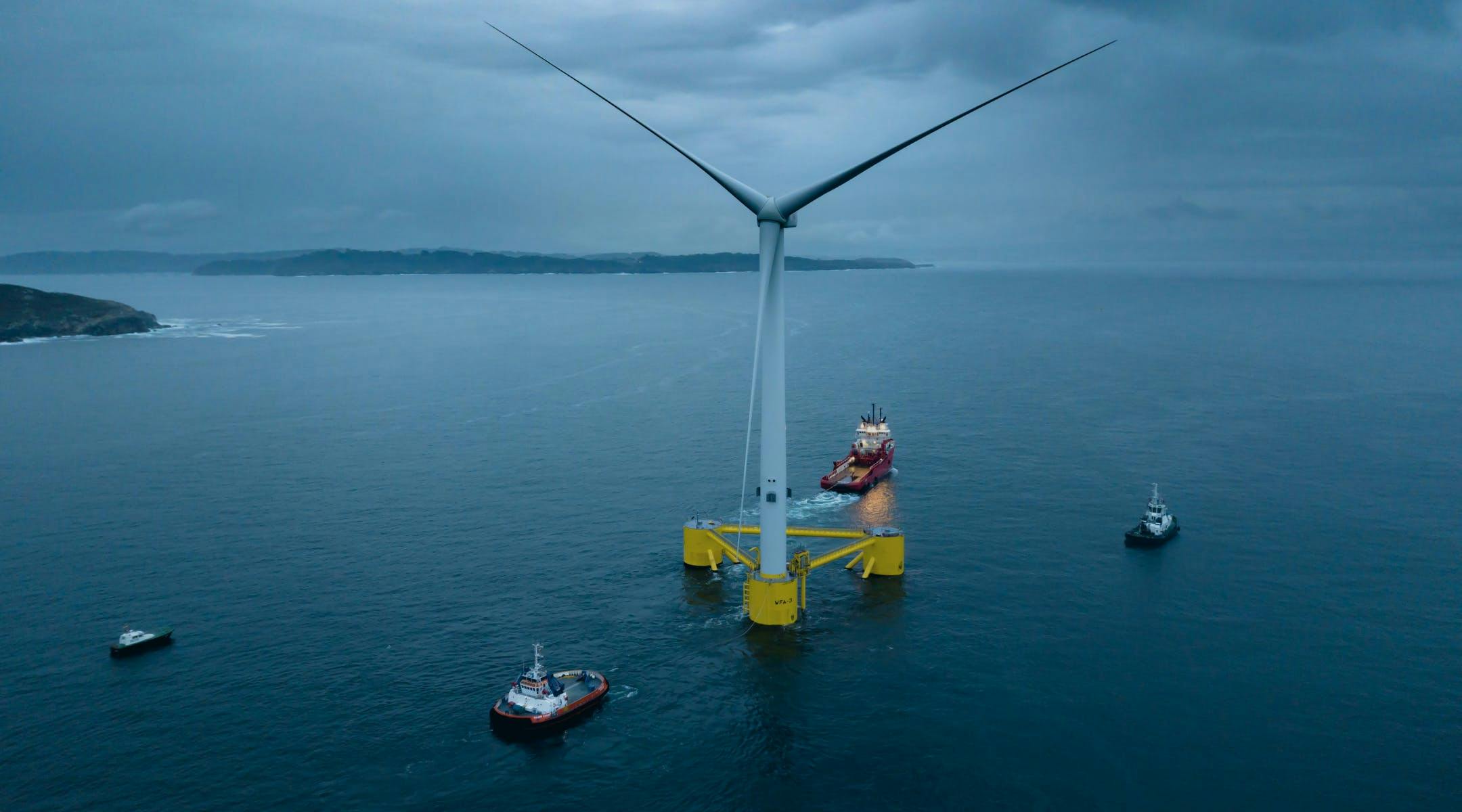
Early technological development
A significant difference between floating wind turbines and oil & gas platforms is the influence that the turbine itself has on the platform motion, due to the very significant aerodynamic forces exerted at the base of the tower. Conversely, the platform motion affects the turbine behavior due to the apparent wind effect. The strong coupling between the two systems must be accounted for at the design stage to ensure proper performance.
Several scaled model-testing campaign results were incorporated into the holistic design process, which aimed at reducing cost through the entire life cycle. This maturity provided the grounds for a successful demonstration project.
From design to first power in about 18 months
After acquiring the WindFloat® technology IP portfolio in 2009 , Principle Power found an opportunity to demonstrate the technology in Portugal with EDP, the largest Portuguese utility company and 4th largest operator of wind projects worldwide.
The 2 MW Vestas V-80 wind turbine was installed and commissioned on the WindFloat® in October 2011, just south of Lisbon, Portugal. The fully assembled unit was then towed by a tug vessel some 400 km and finally installed 5 km off the coast of Aguçadoura, Portugal.
The WindFloat 1 prototype met or exceeded all design expectations during its five-year testing campaign, proving readiness for the next step on the journey to commercialization, the 25 MW WindFloat Atlantic project.
We couldn’t be more pleased with the stage of technology development we have achieved. We have taken the WindFloat 1 testing program step by step, proving at each milestone the efficacy and market-leading nature of the WindFloat® technology. We continue to incorporate all the learnings from this prototype into our current and subsequent designs and we look forward to delivering on our robust pipeline of projects in the coming years.
- Antoine Peiffer, Principle Power's VP, Head of Engineering

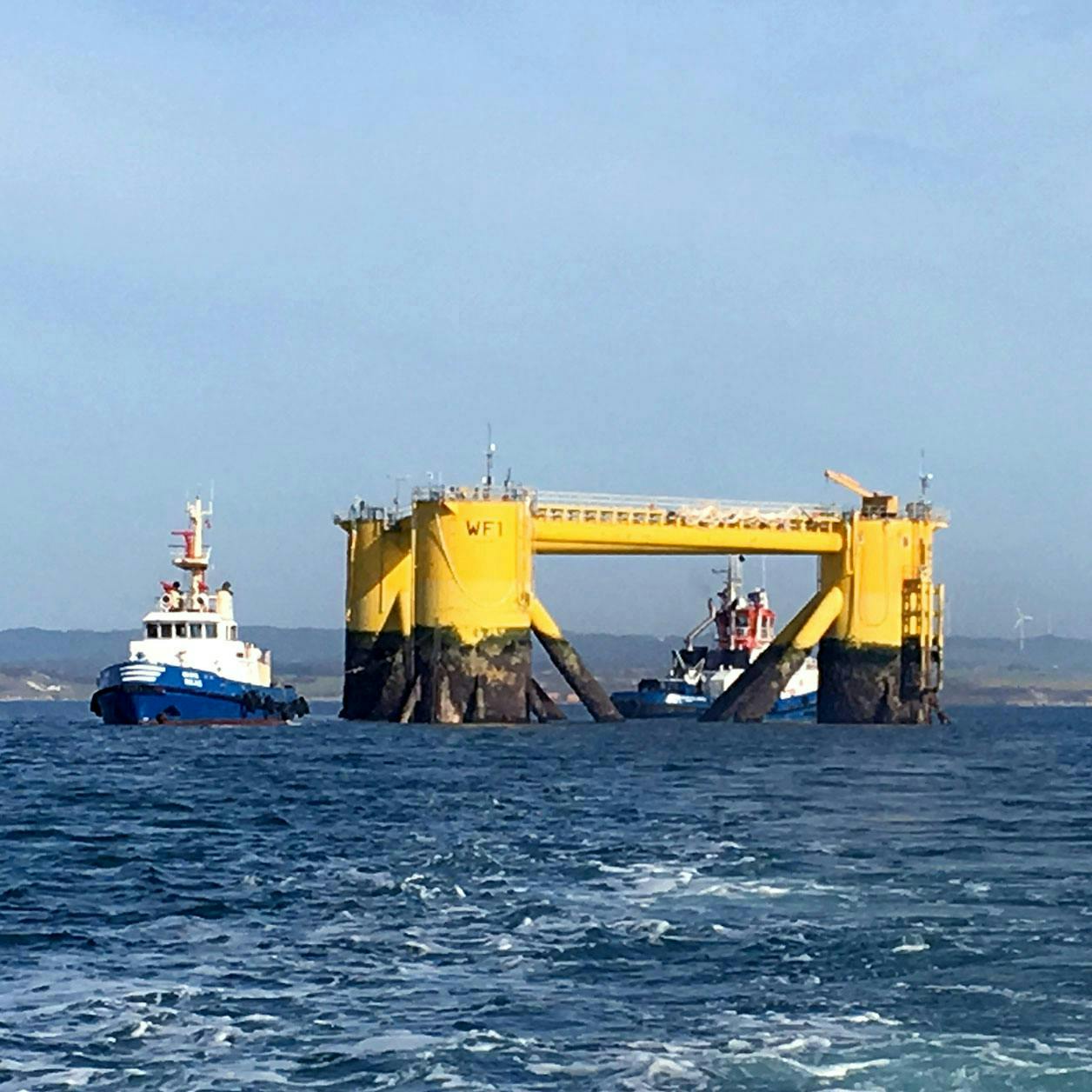
Decommissioning
In July 2016, having completed all of the objectives set for the testing campaign, Principle Power initiated the process of decommissioning WindFloat 1. Local vessels were mobilized to the project site to disconnect the WindFloat® platform from its mooring lines and electrical cable. The unit was then towed back to the port of Sines, where the wind turbine was removed from the unit with a standard onshore crane. Both the wind turbine and platform were inspected, showing that the system did not experience any wear beyond any standard deployment.
The decommissioning process demonstrated several of the advantages of the WindFloat® relative to bottom-fixed offshore wind foundations, including minimal vessel requirements, reduced weather risk, ability to perform all heavy lifting in a sheltered port environment with standard onshore equipment, and light environmental footprint.
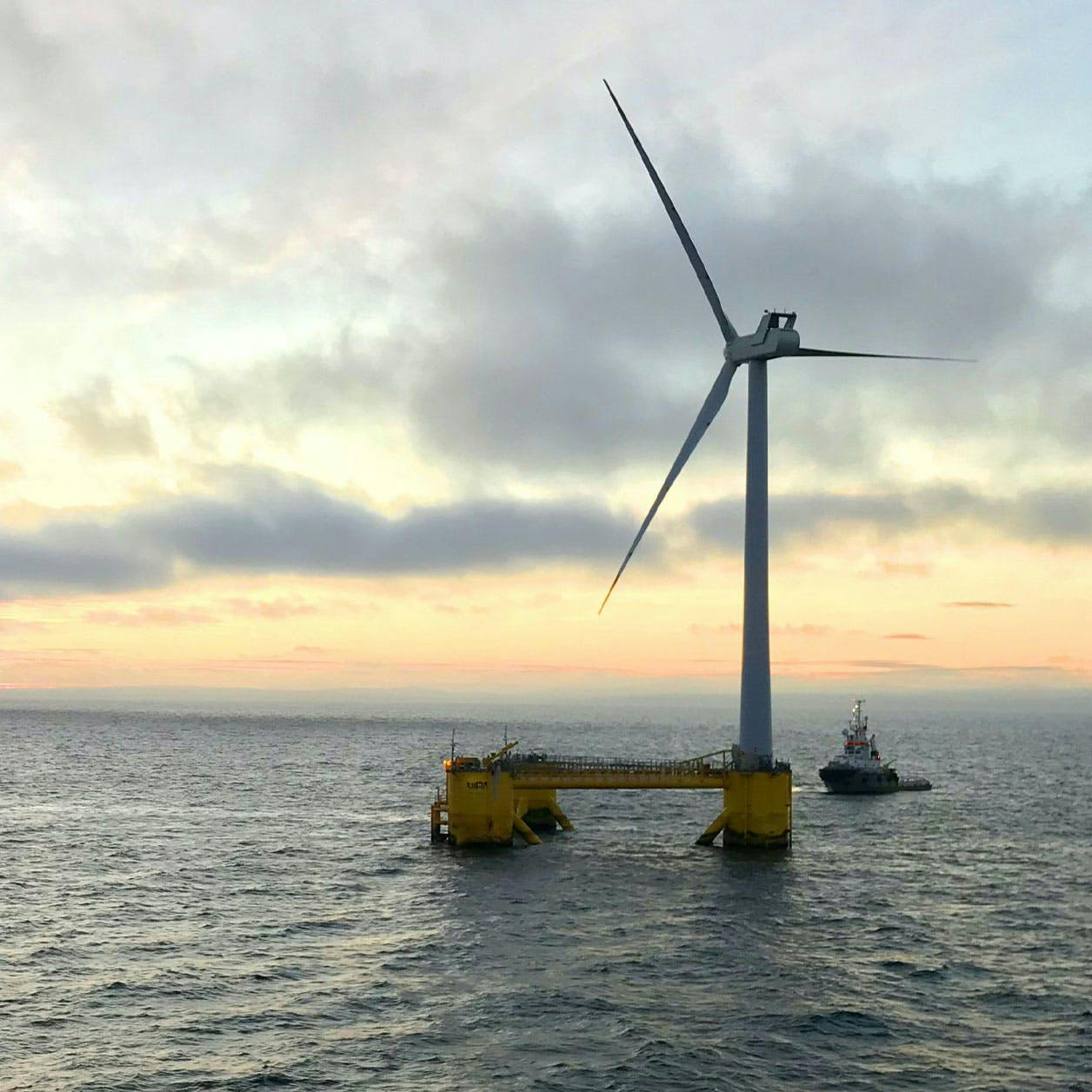
Re-deployment at new Kincardine shows flexibility
In 2017, the WindFloat 1 system, including platform and wind turbine, was sold to Cobra Offshore Wind Limited for redeployment in Scotland, as part of the Kincardine Offshore Wind Farm development. It operated until late 2020 generating an additional 8 GWh of clean, renewable energy before it was removed to make way for the installation of the five 9.5 MW units that comprise the second phase of the project.
This was the first time an offshore wind platform and turbine were retrofitted and relocated to a completely new site, with different wind and ocean conditions, proving the tremendous flexibility of floating offshore wind technology.
Related news
The WindFloat® advantage
PerformanceFabricationInstallationInspection, Maintenance & RepairConnectionLocal CommunitiesEnvironmentServices
Project Development SupportConcept and Pre-FEED DesignFEED and Detailed DesignProject Execution SupportInspect, Maintain & RepairEnd of Life Services

